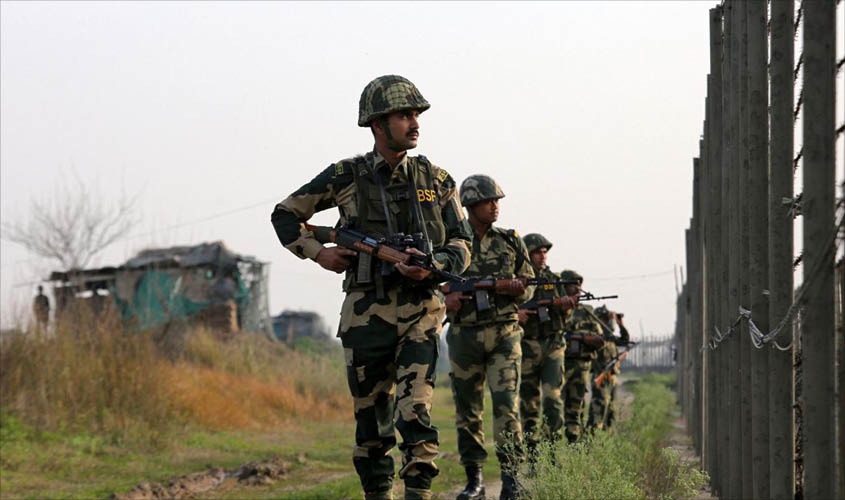New Delhi: Infiltration bid into Jammu and Kashmir from Pakistan was on a constant rise between 2016 and 2018 and as per the Ministry of Home Affairs (MHA), around 400 infiltrators entered India through Jammu and Kashmir in the said period.
However, the MHA has said that infiltration bid from Pakistan has reduced drastically during the first half of this year compared to the corresponding period in 2018.
According to the MHA, the security forces have been able to reduce infiltration into the valley by 43% and this has happened due to a “multi-pronged” approach to tackle cross-border infiltration.
In 2016, 119 infiltrators from across the border made their way into the valley in Kashmir; the number further rose to 136 in 2017 and 143 in 2018.
According to sources, these infiltrators were being pushed into the valley by Pakistan to carry out terrorist activities in Jammu and Kashmir and other parts of India. They were also given the target to recruit local Kashmiris to take part in anti-India activities.
However, security forces were able to successfully neutralise 126 of the 400 infiltrators who entered India between 2016 and 2018, while four of the other infiltrators were arrested by the security forces stationed in Kashmir valley in the same period.
Intelligence agencies estimate that some of these infiltrators could be hiding in the valley with the locals and some have already been neutralised by the security forces as the Government of India has already given a free hand to the armed forces and adopted a policy of zero tolerance towards terrorism.
In fierce gun battles with infiltrators and Indian security forces that happen quite often in Kashmir in order to eliminate infiltrators from Pakistan, 27 men from the Indian armed forces were martyred and around 50 left injured during the same period. The MHA, in a written reply to the Lok Sabha, said, “Net infiltration in Jammu and Kashmir has been reduced by 43% and this was achieved by adopting a multi-pronged approach to contain cross-border infiltration. This included multi-tiered deployment along the International Border and the Line of Control, border fencing, improved intelligence and operational coordination, equipping the security forces with advanced weapons and taking pro-active action against infiltrators.”

